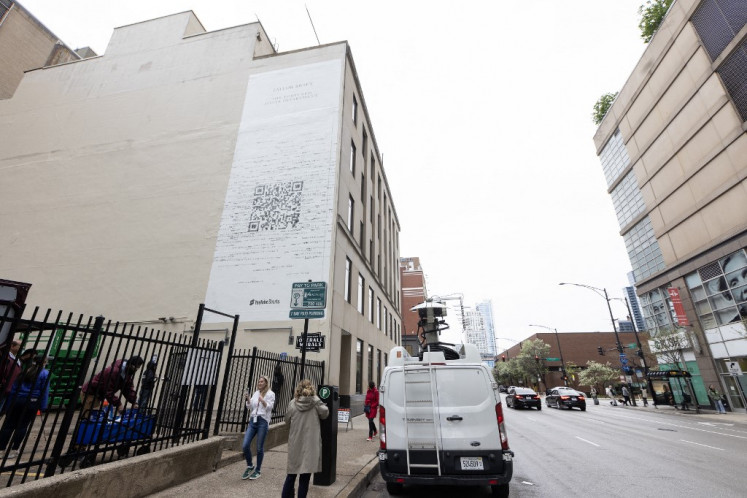Coronavirus patients’ long ventilator stays put strain on hospitals
Change Size
 More than two-thirds of critically ill patients required invasive breathing support, doctors at the Jin Yintan hospital in the central Chinese city of Wuhan found in a study of 52 such cases at the outbreak’s epicenter. (Bloomberg/File)
More than two-thirds of critically ill patients required invasive breathing support, doctors at the Jin Yintan hospital in the central Chinese city of Wuhan found in a study of 52 such cases at the outbreak’s epicenter. (Bloomberg/File)
C
ritical care resources in central China are being strained by coronavirus patients needing a month or more on mechanical ventilators, a study finds.
More than two-thirds of critically ill patients required invasive breathing support, doctors at the Jin Yintan hospital in the central Chinese city of Wuhan found in a study of 52 such cases at the outbreak’s epicenter.
The treatment was mostly for a respiratory complication that occurred in 26 of the 32 people who died from the disease. That’s more than 80 percent.
The study shows the burden required to treat the 5% of so-called Covid-19 patients who develop critical illness, including septic shock and multi-organ failure.
That burden could become more acute: More than 40,000 people are hospitalized with Covid-19 in Hubei, health authorities for the Chinese province said in a Feb. 23 statement. Among those, 8,853 cases are serious and 1,845 are critically ill. The total number of cases in China is about 77,000.
The severity of Covid-19 pneumonia “poses great strain to hospital critical care resources, especially if they are not adequately staffed or resourced,” the researchers said in the study, which was published Friday in the Lancet medical journal.
Read also: Coronavirus may be the ‘disease X’ health agency warned about
Three of the Jin Yintan patients were still getting invasive ventilation at 28 days, including one whose blood was being pumped through an artificial lung in a sophisticated procedure known as extracorporeal membrane oxygenation.
The epidemic has boosted demand for life-support equipment, Mattias Perjos, chief executive officer and president of Gothenburg, Sweden-based Getinge AB, said on a conference call last month.
“We do see a pickup in demand for it, and we’re really just going to work as closely as we can with customers to help as many patients as we can,” Perjos said.
With so many critically ill patients infected by the novel coronavirus, more provisional intensive care units are being established in Wuhan, the doctors said.
“Qualified specialists are coming to Wuhan from other provinces of China and are currently working in these provisional ICUs, fever clinics, and newly constructed hospitals,” they said, adding that “as the clinical capacity to treat patients improves, the mortality of critically ill patients” with Covid-19 pneumonia will most likely decrease.
Week to death
Among the fatal cases at the Wuhan hospital, death typically occurred about a week after admission to the ICU, the researchers said.
The authors’ findings support previous studies showing that older, male patients are the most susceptible to the coronavirus infection. None of the 20 people still alive after 28 days had underlying conditions that can cause stroke, compared with 22 percent who died.
One in seven patients developed an infection while they were hospitalized, even though almost all were given antibiotics, the researchers found. One patient developed a bloodstream infection that was resistant to carbapenem, the most potent antibacterial medication.









